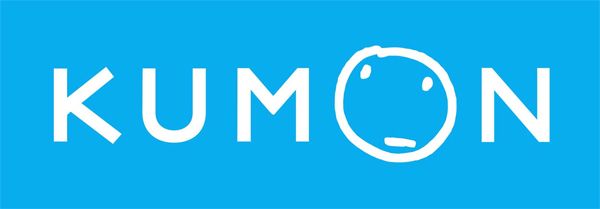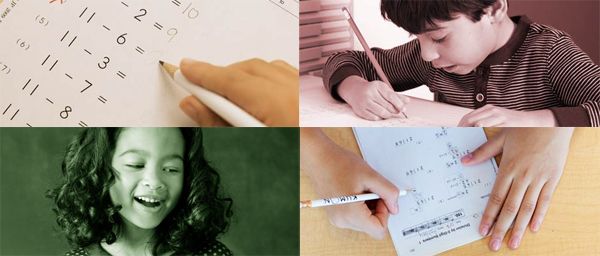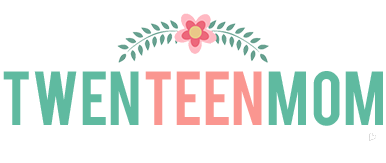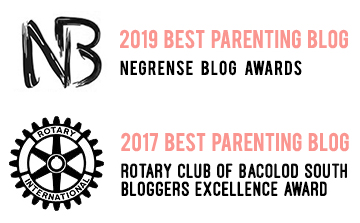Kumon: Everything You Need To Know

What is Kumon?
Kumon is a learning method complementary to regular schooling. Its Math and Reading Programs equip each child with the skills needed to reach his/her full potential. Through daily study of Kumon worksheets, children acquire strong academic ability and solid values to prepare them for life.
With Kumon’s 50 years of pursuing millions of children’s potential, it remains the largest and most established program of its kind in the Philippines and in the world.
Kumon Programs (Structured, Comprehensive, Effective)
- The Kumon Math Program offers a comprehensive, step-by-step process that develops proficiency at each level, building the foundation that allows your child to advance confidently through the math curriculum. The Kumon Math Program starts at number counting and progresses logically all the way to calculus.
- Kumon understands that having good reading skills at an early age is critical in every succeeding phase of learning. That is why the Kumon Reading Program emphasizes mastery at every level; from the development of pre-reading skills to university level reading comprehension.

Kumon Math Program
Pre-school
7A: Counting Numbers
6A: Reading Numbers
5A: Exercises in Line Drawing and Number Writing
4A: Exercises with Numerals, Set Recognition
3A: Introduction to Addition
2A: Elementary Addition and Subtraction
Elementary
A: Addition and Subtraction I
B: Addition and Subtraction II
C: Elementary Multiplication and Division
D: Multiplication and Division, Introduction to Fractions
E: Operations on Fractions and Decimals
F: Order of Operations
High School
G: Positive and Negative Numbers, Elementary Algebraic Expressions
H: Simultaneous Linear Equations with 2, 3, or 4 Variables, Linear Functions
I: Factorization and Quadratic Equations
J: Advanced Factorization and Quadratic Equations
College
K: Quadratic, Fractional, Irrational, Exponential Functions
L: Logarithmic Function, Maxima and Minima, Integral Calculus
M: Trigonometric Functions, Equation of Lines and Circles
N: Arithmetic, Geometric and Various Sequences, Differential Calculus
O: Differential Calculus, Indefinite and Definite Integrals
X: Triangles, Vectors, Matrices, Probability, Statistics
Kumon Reading Program
Pre-school
7A: Connecting Words to Familiar Objects, Saying Words with the Same Sound, Putting Words Together
6A: Recognizing Familiar Words, Saying Rhyming Words and Phrases
5A: Saying the Sounds of Letters, Putting Sounds Together
4A: Consonant Combinations, Changing Letter Sounds
3A: Sound Patterns, Compound Words
2A: Nouns, Verbs, Adjectives, Word Puzzles
Elementary
AI: Basic Sentences I – Structure, Grammar, Punctuation
AII: Children’s Literature – Sentence Topics, Thought Sequence
BI: Basic Sentences II – Subject and Predicate, Expressions in the Past, Modifiers, Making Statements
BII: Defining Words Through Contextual Clues, Identifying Ideas, Comparing and Contrasting
CI: Basic Sentences III – Parts of a Sentence, Expressions of Language, Constructing Sentences Independently
CII: Elements of Statements, Organizing Information, Synthesizing Ideas
DI: Paragraph Development I – Compound and Complex Sentence
DII: Topic and Main Idea of a Passage, Order, Events
EI: Paragraph Development II – Types of Clauses, Reorganizing Passage Information
EII: Sequence of Events, Reason and Result
FI: Paragraph Development III – Interpreting Text and Responding to Questions
FII: Unraveling Text, Concision
High School
G: Summary I – Themes, Story Element
H: Summary II – Facts and Opinion, Passage Organization, Interpretation
I: Persuasion, Argument, Description, Precis
J: Critical Reading – Passage Structure, Character Analysis
College
K: Elements of Literature, Critical Reading
L: Elements of Figurative Language, Interpretation, Critical Writing

Frequently Asked Questions
1. What is the right age for my child to start Kumon?
There is no age limit in Kumon. If your child has not yet started wit regular schooling, the Kumon instructor will gladly assess his/her readiness level. Kumon’s materials and method have been proven successful with students of all levels — pre-school, elementary, high school, and college — even with adults.
2. What makes Kumon such an effective complement to my child’s schooling?
In Kumon, students can perform up to 100% of their potential. They acknowledge the child’s individual needs because in reality, children do not progress as a group or learn at the same pace.
Study load, complexity and pace are all customized for each child. Kumon hones self-learning skills as it allows the child’s individual needs and abilities to govern his/her own progress.
Mastery of the lesson is ensured before moving on to a new one, enabling the child to tackle challenges with confidence. This further boosts the child’s ability and desire to study materials ahead of his/her grade level independently.
3. How soon will I see results in my child?
Learning with Kumon is an ongoing process. It is not meant to be a “quick-fix” solution.
In Kumon, they encourage parents to enroll their children for at least three (3) years. Upon seeing how their children have developed with Kumon and advanced ahead of their grade level, many parents stay for years thereafter.
4. What kind of results will I see in my child?
In the first year, expect your child to study materials he/she has already encountered. As the child masters these lessons, he/she will gain the confidence and motivation to take on new challenges.
By the second year, students usually begin to tackle materials they have not previously learned. Through Kumon, they will be able to independently study advanced lessons. this develops their analytical ability and instills perseverance.
After three years of studying with the Kumon Method, parents often tell us that their children have begun to excel in other subjects as well. This is because their children are now applying the “self-learning skills” gained through Kumon.











I have always been curious about Kumon, this post is very helpful.
palagi ko itong naririnig and I am thinking of enrolling my son sa KUMON :) I think it is a great help to him.
I didn’t know that Kumon is offered up to college!:)How I wished to be able to work with Kumon. I am a teacher specializing secondary Maths!
Nadadaanan ko to lage papunta work ni Mom before. hehe. Maganda dito. May cousin ako nkatry jan. :)
It was indeed helpful if you want to unleash the potential of your child when it comes to Math subject. Pero di lang ata Math ang mga subject na available sa kanila pero most of my friends are enrolled here because of the subject Math.